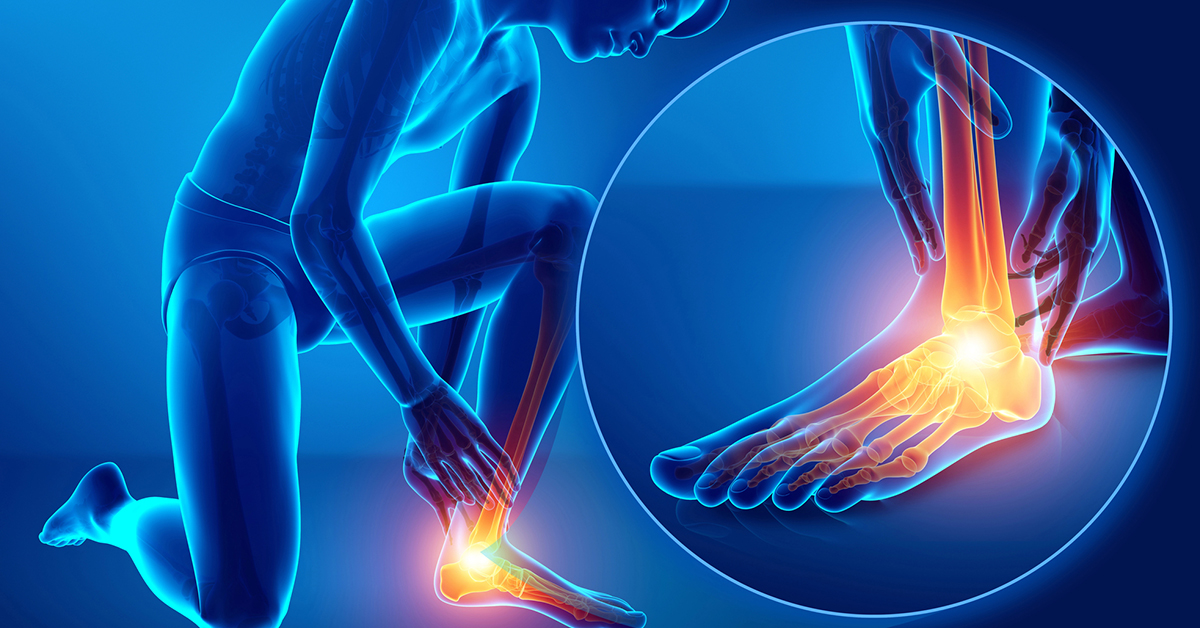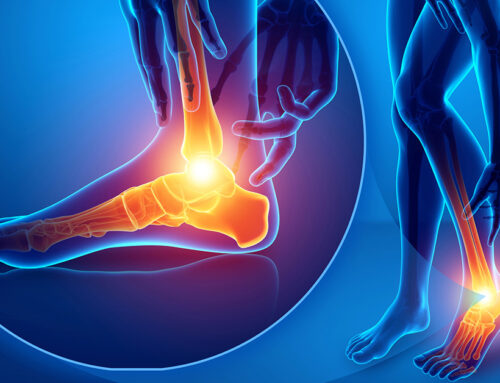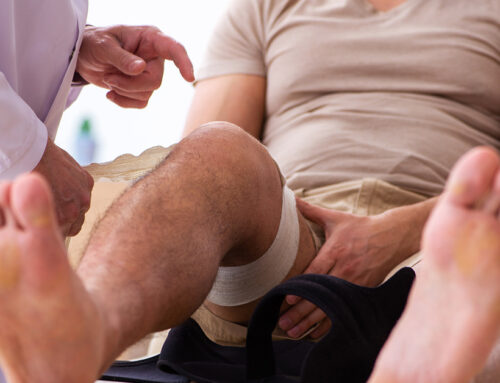
Can You Walk with a Pilon Fracture?
A Pilon fracture, also known as a tibial plafond fracture, is a severe injury involving the lower part of the tibia and often the ankle joint. This type of fracture usually results from high-energy trauma, such as car accidents or falls from significant heights, leading to multiple bone fragments and potential damage to the surrounding soft tissues. Given the complexity and severity of a Pilon fracture, walking with this injury presents significant challenges and risks.
Immediate Impact and Initial Management
Immediately after sustaining a Pilon fracture, walking is typically impossible due to intense pain, swelling, and the instability of the ankle joint. The primary symptoms include severe pain, visible deformity, bruising, and an inability to bear weight on the affected leg. Medical attention is crucial to assess the extent of the injury and to stabilize the fracture.
In the emergency setting, initial treatment often involves:
- Immobilizing the ankle with a splint or cast
- Elevating the leg to reduce swelling
- Pain management
Depending on the severity of the fracture and the extent of soft tissue damage, doctors may delay surgery until swelling decreases, opting for temporary external fixation to stabilize the bones.
Surgical Intervention
Most Pilon fractures require surgical intervention to realign and stabilize the bones. The common surgical procedure, open reduction and internal fixation (ORIF), involves repositioning the bone fragments and securing them with metal plates and screws. In some cases, external fixation, where pins and screws are attached to an external frame, may be used initially to allow for soft tissue healing before a more definitive surgery.
Post-Surgery Recovery
Post-surgery recovery from a Pilon fracture is a gradual process that typically spans several months. During the initial phase of recovery, weight-bearing activities are strictly limited to allow the bones to heal properly. Patients are usually instructed to use crutches or a walker to avoid putting weight on the injured leg.
Walking and Rehabilitation
Walking with a Pilon fracture, especially in the early stages, requires careful management and adherence to medical advice. Initially, patients will not be able to walk without assistance due to the need to keep weight off the healing bones. As healing progresses and with the guidance of a healthcare professional, gradual weight-bearing activities are introduced.
Physical therapy plays a crucial role in the rehabilitation process. A physical therapist will develop a personalized exercise program aimed at restoring strength, flexibility, and range of motion in the ankle. These exercises help improve stability and prepare the patient for walking again. The transition from non-weight-bearing to partial and then full weight-bearing is carefully monitored to ensure proper healing and to prevent complications.
Potential Challenges
Walking after a Pilon fracture comes with several challenges:
- Some patients may experience stiffness, pain, or swelling even after the bones have healed.
- The risk of developing post-traumatic arthritis is significant due to the involvement of the ankle joint.
- Long-term management may include continued physical therapy, pain management strategies, and, in some cases, additional surgical procedures.
Walking with a Pilon fracture is not feasible immediately after the injury due to pain and instability. Surgical intervention followed by a structured rehabilitation program is essential for restoring the ability to walk. Recovery is a slow process that requires patience, adherence to medical advice, and active participation in physical therapy. While full recovery and return to normal walking are possible, some individuals may experience lingering issues that require ongoing management. If you sustain a Pilon fracture, it is crucial to seek prompt medical attention and follow a comprehensive treatment and rehabilitation plan to optimize your chances of regaining full function.





